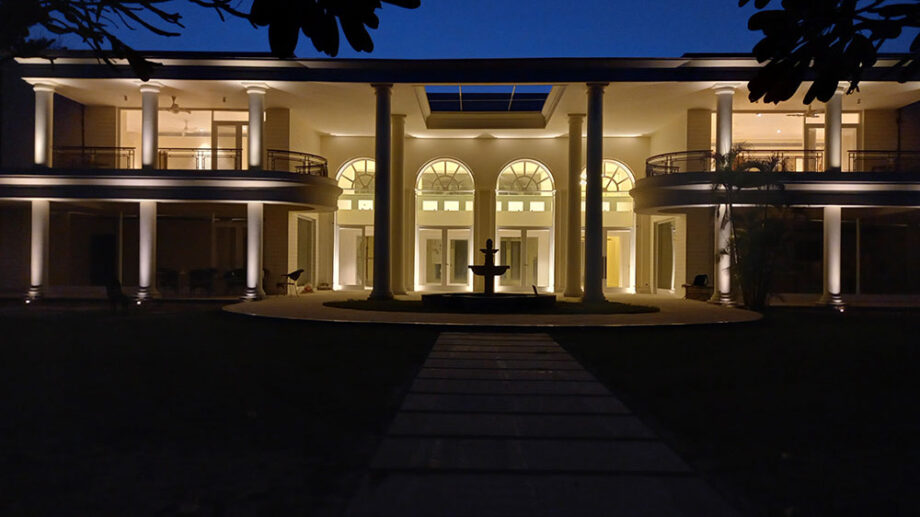Every structure has a story to tell, which often begins with the facade of the building. To narrate this story effectively, it is very important to enhance the facade with an appropriate lighting design. A well-lit facade not only serves the purpose of being a landmark, or providing security, but also accentuates significant architectural details – imparting a character to the building as well as its surrounding. Today, effective facade lighting can be a means of conveying context-specific information or promulgating a message and leaving a memorable impression on the viewer.
Owing to its pivotal role in architectural expression, it is significant to devise a holistic facade lighting design scheme, bespoke for varied typologies. Depending upon the intent, it is the lighting designer’s responsibility to pick the right elements to highlight in a particular structure.
Automation systems are now widely used for facade lighting schemes as well and can control lighting intervals. Pre-programmed lighting scenes are set up within these systems, creating a dramatic effect and enhancing the storytelling experience. These control systems also save energy and enhance the efficiency of the luminaires used in the lighting scheme.
There are various methods that can be used to illuminate facades depending on the conceptual focus and the typology of the structure that is to be illuminated, here are a few of them:
1. Wall Wash effect
This method is generally used to illuminate flat façade surfaces and enables uniform illumination. Even with low illuminance levels on vertical surfaces, the wall wash effect makes the structure stand out.
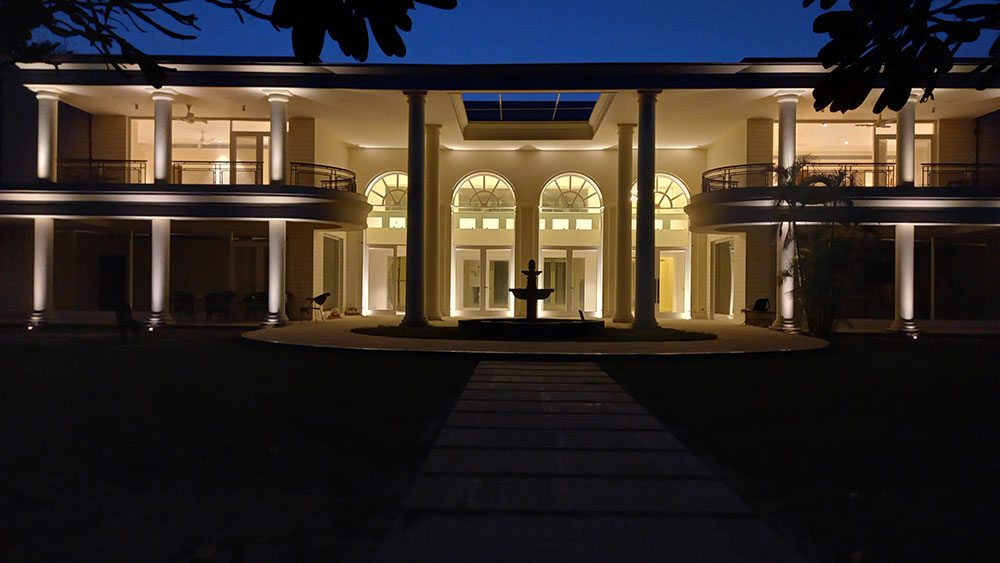
2. Light Accent
This method is generally used to create contrast and emphasize important architectural details, through the strong light and shadow contrast. In most cases, accent lighting is fused. In this method, one fixture is used to highlight a single detail, but with customized optics, a single fixture can easily illuminate multiple details.
3. Grazing Light Effect
This method is generally used to illuminate textured vertical surfaces to create interesting light and shadow patterns and adds another dimension to the facade.
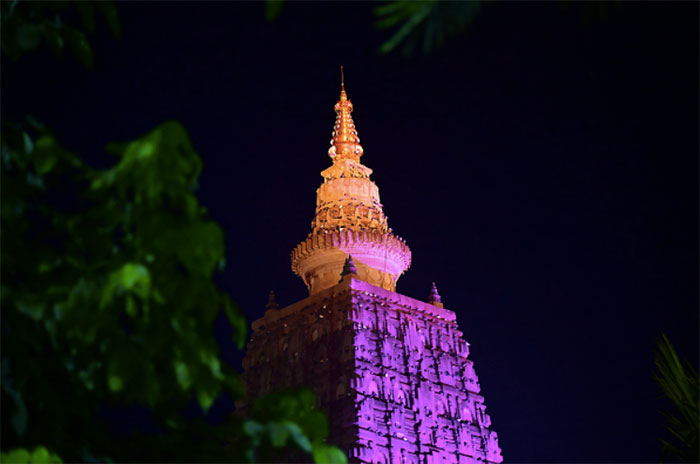
4. Flood Lighting Effect
This method is used in scenarios where the intent is to illuminate a flat facade economically. In the flood Lighting effect, the vertical surface gets illuminated by a floodlight projector kept at a certain distance from the wall so that the light beam can fall onto the entire surface, illuminating it uniformly, without casting shadows.
5. Direct View Luminaire Lighting
This method of lighting creates low-resolution pixel matrices to achieve dynamic effects on a massive scale, morphing architecture through lighting control. Whether it is a continuous linear line on the building crown, or shimmering lighting dots on the façade, this lighting method with an advanced control system makes the outstanding effect a possibility.
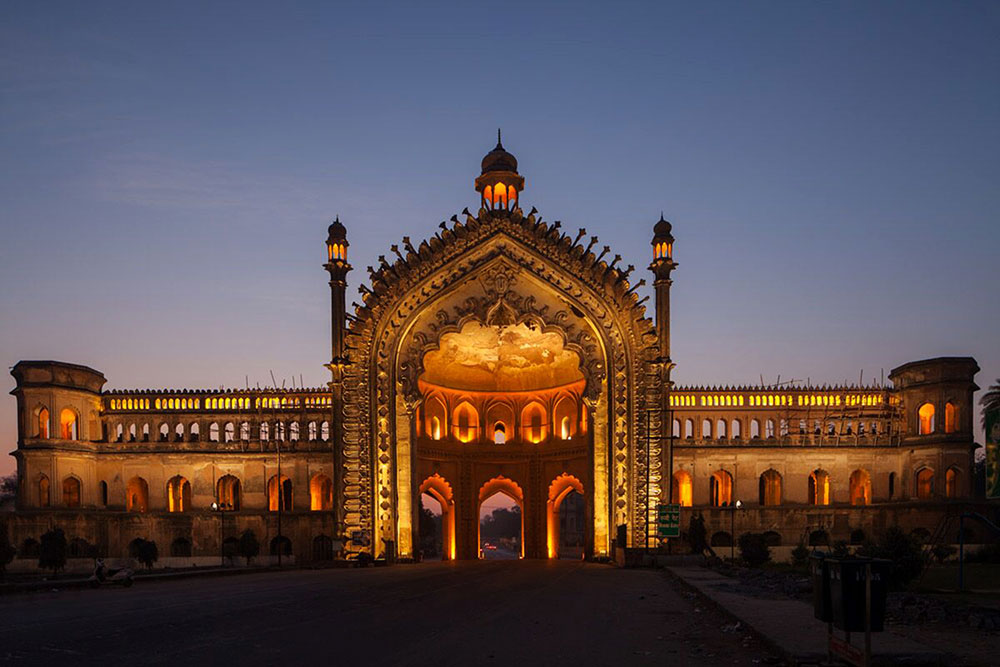
A well-illuminated facade helps in establishing the character of the surrounding space and also helps in building the cityscape. Illuminating facades enhances overall security, enables spatial orientation, and discourages vandalism. It emboldens the structure and adds a new definition to it, by giving it a well-defined voice to narrate the story of the building effectively through lighting.
